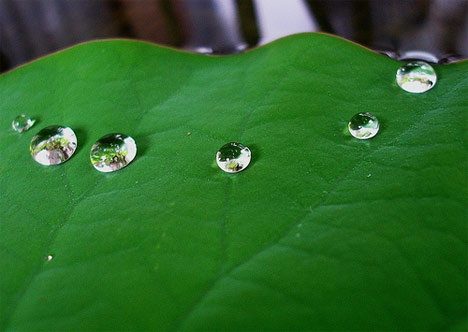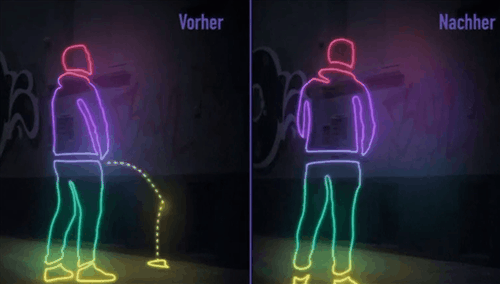

Contact: Manager Yang
Hotline: 950-4048-3964 (free)
Tel: 0510-85386636
Mobile: 18011518665
Shangmeng Technology Wuxi Co., Ltd.
Address: A1-602, Tianan Smart City, No. 228 Linghu Avenue, Xinwu District, Wuxi City, Jiangsu Province
Self-layering coating
When the surface energy of some components in a superhydrophobic coating differs greatly from the surface energy of other materials, the coating will have a tendency to phase separate during the curing process, that is, self-layering effect. The self-layering coating is a coating system composed of a plurality of film-forming materials with different properties. Once coated on the substrate, the phase separation and component migration spontaneously occur during the volatilization or solidification of the medium, and the composition of the coating film is gradually formed. A varying gradient coating that behaves like a multilayer coating. The mechanism of coating film formation is that different polymers have different polarities, different intermolecular forces, and different solubility in the medium, which is a thermodynamically unstable system. As the coating film dries and solidifies, the medium composition continues. The change, mutually incompatible film-forming resin, under the action of the interfacial tension gradient, through the selective wetting of the liquid relative to the substrate and the tendency of the gas phase interface, the two phases flow relatively, resulting in phase separation between the resins, forming a coating A gradient layered structure of the film resin component.

Hydrophobic coating with double microscopic special structure
Barthlott and Neihuist observed on the surface of leaves of lotus leaves and other plants that the surface of the lotus leaf has many micron-sized mastoids and wax crystals with lower surface energy, which makes the surface of the lotus leaf super-hydrophobic self-cleaning. In recent years, people have conducted in-depth research on the superhydrophobic properties of lotus leaves, and found that nano-branched structures are also distributed on the microemulsions on the surface of the lotus leaf. This kind of double-microstructure makes the surface of the lotus leaf have a very high contact angle, which limits the liquid. The spreading of the droplets on its surface makes the droplets spherical and can roll off at a small angle of inclination.
Nano-material resistant stain resistant coating
Nanomaterials are attracting attention due to their special surface properties and their use in architectural coatings. The addition of nanomaterials can improve the hardness and water resistance of coatings, and thus improve the stain resistance of coatings. Zhang Chaocan studied in detail the stain resistance of waterborne exterior wall coatings after adding nano-Si O2. It was found that the modified surface nano-O 2 was added to the polyacrylate waterborne exterior wall coating, and the surface hardness and stain resistance of the coating film were compared. Great improvement. Jia Zhengfeng et al. used γ-methacryloxypropyltrimethoxysilane (MPTMS), N-methylperfluorooctylsulfonyl methacrylate (MPSAEA) and methyl methacrylate to copolymerize in the polymer. The fluorine-containing monomer was successfully introduced, and then Ti O2 nanoparticles were introduced by in-situ composite technology to prepare a uniform and transparent Ti O2 nano-composite fluoropolymer material to obtain a hydrophobic coating.

Previous: Industry people teach you how to choose an air purifier, used to say reliable (a)
下一条: Researchers develop anti-icing elastomer coatings in addition to carbon nanotubes
Address:Tianan Smart City A1-602, No. 228 Linghu Avenue, Xinwu District, Wuxi, Jiangsu, China TelePhone:0510-85386636 Fax:0510-85384339 E-mail:info@solmontech.com
KeyWord: